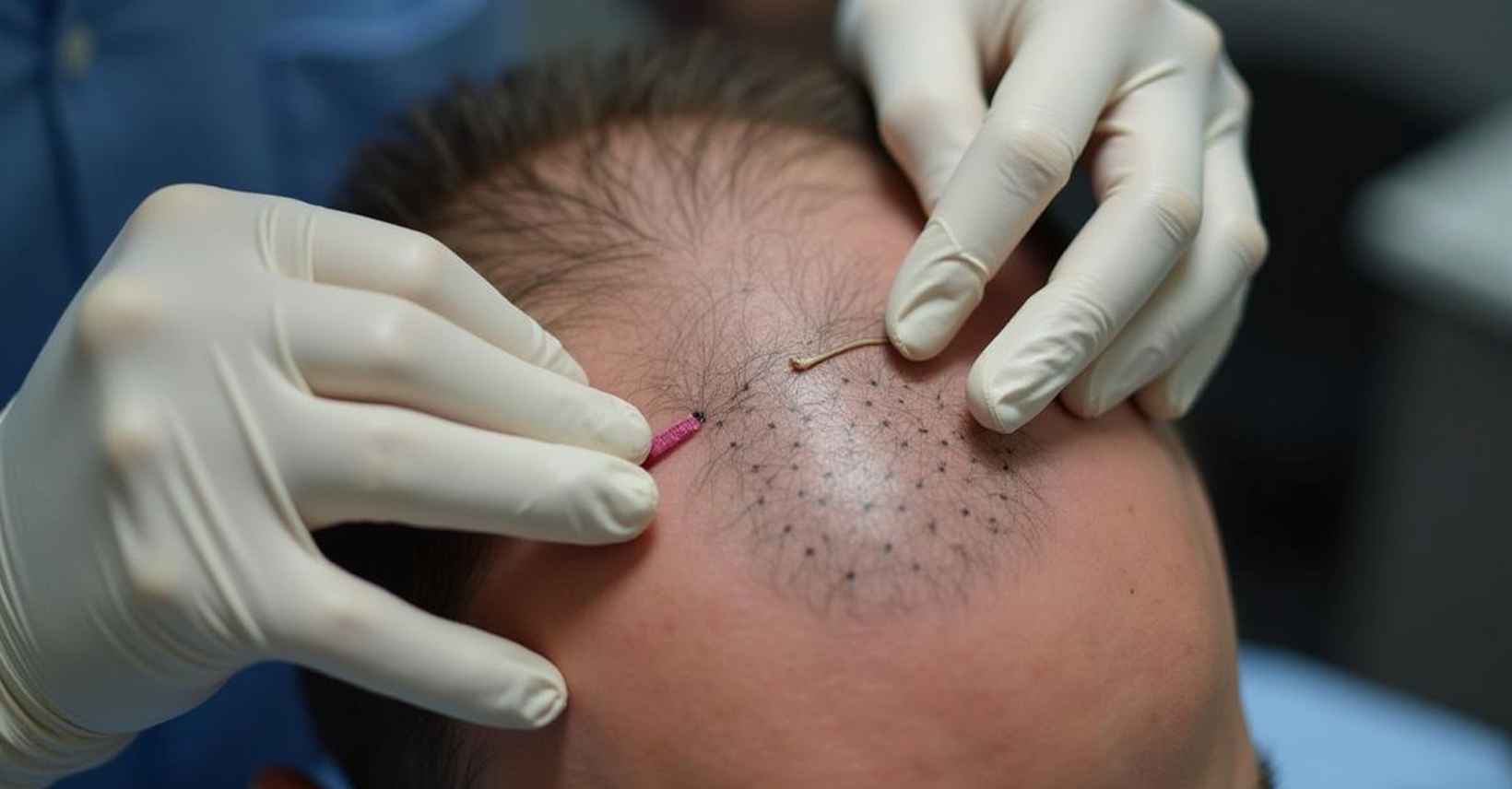Hair loss can be a distressing experience, but modern technology has made it possible to restore lost hair with advanced transplant techniques. Hair transplant procedures have evolved significantly over the years, offering patients a wide range of options that are natural-looking and long-lasting. Whether you’re experiencing thinning hair or full-on baldness, there’s a technique tailored to meet your unique needs. In this blog, we’ll explore the best hair transplant techniques and help you decide which one is right for you.
FUE is one of the most popular and advanced hair transplant techniques. The process involves extracting individual hair follicles from the donor area, typically the back of the head, and transplanting them to the thinning or balding areas.
Pros:
- Minimally invasive with no linear scar.
- Faster recovery time.
- Suitable for most hair types and conditions.
Cons:
- More time-consuming than other methods.
- May require multiple sessions for extensive hair loss.
Best for: Individuals with smaller areas of hair loss or those seeking a minimally invasive solution.
Also known as strip harvesting, FUT involves removing a strip of skin from the donor area, which is then divided into small follicular units for transplantation.
Pros:
- More cost-effective than FUE for larger areas.
- Often results in a higher yield of hair follicles.
Cons:
- Requires a linear incision and leaves a visible scar.
- Longer recovery time compared to FUE.
Best for: Patients with extensive hair loss who require a larger number of follicles.
DHI is a variant of the FUE technique, but with a more advanced tool, the implanter pen. This method allows for precise control over the angle, depth, and direction of the hair follicles being transplanted.
Pros:
- Precise follicle placement.
- Minimises damage to hair follicles during implantation.
- No need for shaving the donor area.
Cons:
- May take longer due to the precision required.
- Requires an experienced surgeon for best results.
Best for: Those looking for highly natural-looking results and precision in follicle placement.
Robotic hair transplant technology uses advanced robotics and artificial intelligence to perform the FUE procedure. This method uses a robotic arm to harvest hair follicles with high precision and speed.
Pros:
- Highly precise follicle extraction.
- Minimises human error.
- Faster than traditional methods.
Cons:
- Expensive due to advanced technology.
- Not suitable for patients with very dense hair or extensive balding.
Best for: Tech-savvy individuals who prefer the latest technology and fast procedures.
Stem cell hair transplants are relatively new and involve using stem cells to stimulate hair growth in areas affected by hair loss. This technique focuses on regenerating the scalp’s hair follicles, enhancing their ability to grow.
Pros:
- Can stimulate natural hair growth in areas with weak follicles.
- Non-invasive with no scarring.
Cons:
- Still experimental with limited proven results.
- Expensive and not widely available.
Best for: Those looking for cutting-edge treatments and those who have not responded well to traditional hair transplant methods.
Choosing the right hair transplant technique depends on several factors. Here’s how you can make the best decision for your needs:
- Evaluate Your Hair Loss Stage Your stage of hair loss plays a major role in determining the best technique. For individuals with minimal hair loss, FUE may be the best option due to its precision and less invasive nature. However, for more advanced hair loss, FUT may provide the best results in terms of follicle yield.
- Consider Your Hair Type Some techniques, like FUE, work better for people with finer hair, while others, like FUT, may be better for thicker hair. If you have curly hair, FUE may be better suited to ensure even extraction and implantation.
- Think About Scarring and Recovery If you’re concerned about scarring, FUE and DHI are great options as they leave minimal scarring. However, FUT may leave a visible scar that may be a concern for individuals who prefer short hairstyles.
- Budget Considerations Different techniques come with varying price points. FUE and DHI tend to be more expensive due to the level of expertise required and the precision of the procedure. FUT is typically more affordable for those with larger areas of hair loss.
Consult with an Expert The best way to choose the right technique is to consult with a certified hair restoration surgeon. They will assess your hair type, loss pattern, and goals to recommend the most effective technique for you.
At Premier Medical Clinic, we offer the latest hair transplant techniques, including FUE, FUT, and DHI, tailored to meet your unique needs. Our team of expert surgeons ensures that you receive the highest level of care and the best possible results. Contact us today to schedule a consultation and take the first step towards fuller, natural-looking hair!



Hi, this is a comment.
To get started with moderating, editing, and deleting comments, please visit the Comments screen in the dashboard.
Commenter avatars come from Gravatar.